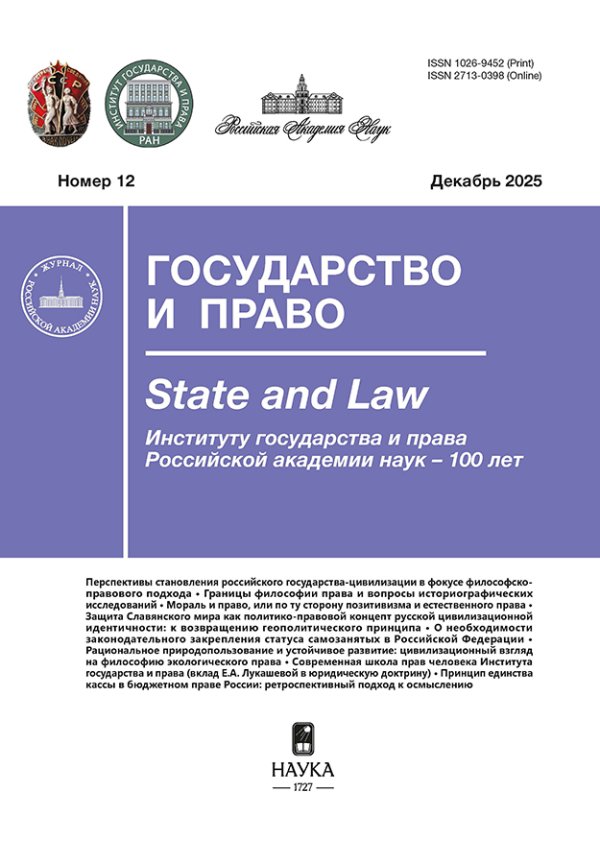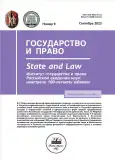The level of the World Ocean and International Law
- Authors: Shinkaretskaya G.G.1
-
Affiliations:
- The Institute of State and Law of the Russian Academy of Sciences
- Issue: No 9 (2023)
- Pages: 172-179
- Section: Law and international relations
- URL: https://journals.rcsi.science/1026-9452/article/view/143229
- DOI: https://doi.org/10.31857/S102694520027738-2
- ID: 143229
Cite item
Full Text
Abstract
About the authors
Galina G. Shinkaretskaya
The Institute of State and Law of the Russian Academy of SciencesRussian Federation, Moscow
References
- Вельяминов Г.М., Крылов Н.Б., Шинкарецкая Г.Г. Судьба Конвенции ООН по морскому праву // Труды ИГП РАН. 2022. Т. 17. № 5. С. 128–148. doi: 10.35427/2073-4522-2022- 17-5-veliaminov-krylov-shinkaretskaia
- Гараев М.И. Международные пограничные споры о морской делимитации в практике Международного Суда ООН // Вестник экономики, права и социологии. 2019. № 1. С. 65.
- Глумов А.И. Актуальные международно-правовые вопросы поиска, разведки и разработки минеральных ресурсов Международного района морского дна: автореф. дис. … канд. юрид. наук. М., 2010. С. 12.
- Мировой океан и международное право. Основы современного правопорядка в Мировом океане / отв. ред. А.П. Мовчан, А. Янков. М., 1986. С. 12 - 37.
- Шинкарецкая Г.Г. Повышение уровня Северного Ледовитого океана и проблема делимитации зон юрисдикции приарктических государств // Образование и право. 2022. № 9. С. 333 - 341. doi: 10.24412/2076-1503-2022-9-333-341
- Caron D.D. When Law Makes Climate Change Worse: Rethinking the Law of Baselines in Light of Rising Sea Level // Ecology Law Quarterly. 1998. Vol. 17. P. 621.
- Frowein J. Rocks, New-born Islands, Sea Level Rise and Maritime Space // Frowein J. et al. (eds). Negotiating For Peace – Liber Amicorum Tono Eitel (Berlin/Heidelberg: Springer, 2003). P. 599, 602.
- Nichols R. et al. ‘Sea-level Rise and Its Possible Impacts Given a “Beyond 4 C World” in the Twenty-First Century’, Philosophical Transactions of the Royal Society–A, 369 (2011), 161–181.
- Rayfuse R. Sea Level Rise and Maritime Zones: Preserving the Entitlements of “Disappearing” States // Gerrard M.B., Wannier G.E. Threatened Island Nations: Legal Implications of Rising Seas and a Changing Climate (Cambridge University Press, 2013). P. 167– 191.
- Schofield Ch. Defining the “Boundary” between Land and Sea: Territorial Sea Baselines in the South China Sea // R. Beckman, M.R. Page, Bernard L. (eds). UNCLOS and the South China Sea, 2014. Р. 21–54.
- Soons A.H.A. The Effects of a Rising Sea Level on Maritime Limits and Boundaries // Netherlands International Law Review. 1990. Vol. 37. P. 207–232.
Supplementary files










